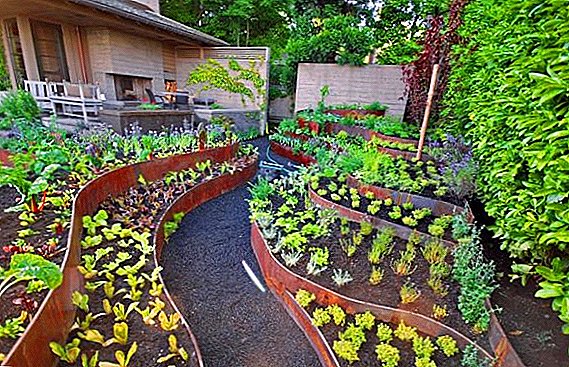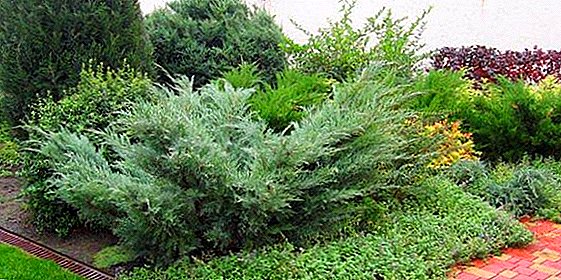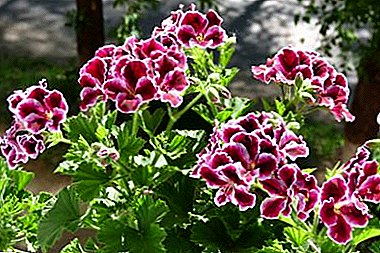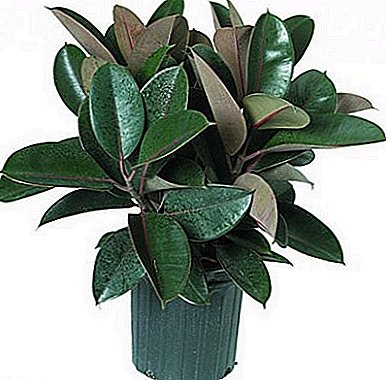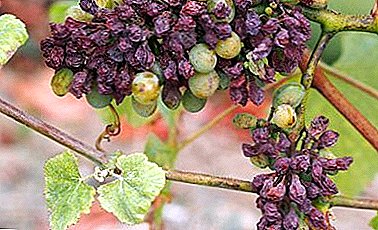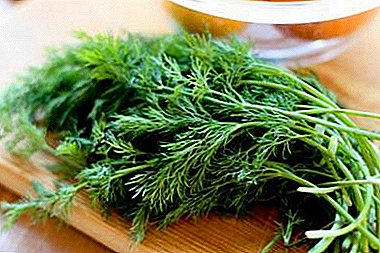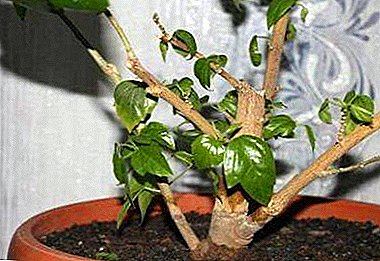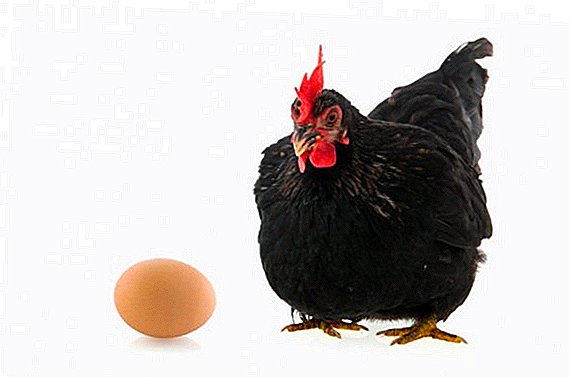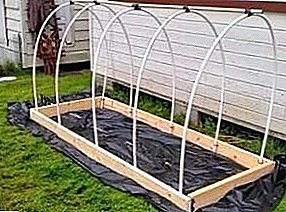
Making a decision to build a greenhouse on its site, each owner, first of all, is faced with the choice of material from which the greenhouse will be made.
First of all it concerns the choice frame material. The final decision is influenced by many factors - the available materials, the cost of purchased materials, the temporary or permanent nature of the greenhouse being built, the desired type of structure depending on the site conditions, and many other circumstances.
Materials that can be used to make a greenhouse frame can be divided into a number of categories based on group affiliation.
Wood
The most traditional material in the recent past, which is currently pushed by competitors, but which is not going to give up its positions definitively. A greenhouse made of wood is not at all a relic of the past and the construction of a frame made of it a number of undeniable advantages:
- The tree is alive, breathing and completely ecologicaly clean material.
- Wood is the most affordable and cheap building material.
- Wood easy to processWith this material can a person with minimal skills. At the same time, errors while working with wood are not fatal, and any damaged or broken parts are easily replaced.
- Wood frame easy any covering fastens, whether it is polycarbonate, plastic film or glass.
- From the tree can be assembled frame any shapewhile maintaining ease of assembly and disassembly, stability and durability.
There are limitations. First of all, wood short-lived and easily exposed to external environmental factors - moisture, heat and time. In this regard, her required to constantly process.
Metal
The metal currently serves as most common material for the frame of the greenhouse. It is used as a reliable basis for mainly stationary long-term buildings.
This is facilitated by its properties such as strength, durability, reliability and durability. It is possible to assemble a greenhouse of any construction, both arched and pitched, from metal.
As material for a greenhouse frame The following metal products are used:
 Profile Steel Pipes Great for making the frame for any coating.
Profile Steel Pipes Great for making the frame for any coating.
As deficiencies You can specify a low corrosion resistance, as well as the need to use special equipment - welding machine. As a solution to the issue of corrosion resistance, you can make a choice in favor of galvanized profile.
In addition, in the manufacture of an arched frame, you must use a pipe bender or invite professionals who have the skills to create smooth arcs. This category of materials for the frame can be attributed and use steel pipes.
The advantages and disadvantages of using aluminum profile. This material is lightweight, durable, resistant to corrosion, has no limitations on the time of operation and does not need painting.
However, this material has a high cost, it is difficult to cook. Aluminum frame can, of course, be twisted with bolts, but this significantly reduces the strength of the structure and increases its already considerable cost.
A separate line is worth mentioning. galvanized drywall profile, from which gardeners are increasingly making frameworks for hotbeds of both pitched and arched structures. This type of metal profile has all the advantages of a galvanized steel profile, but is lighter and easier to assemble, because does not require the use of welding equipment.
Assembly is made using special screws. When using a coating in the form of a film on these frames for a greenhouse, care should be taken, because sharp edges of the profile often cut the coating.
 As a material for lightweight frame is often used and metal fittings. Such frames do not require the erection of bases, are easily assembled and disassembled, but as a coating they can only use light film or covering material.
As a material for lightweight frame is often used and metal fittings. Such frames do not require the erection of bases, are easily assembled and disassembled, but as a coating they can only use light film or covering material.
However, from each rule there are exceptions. Some craftsmen of metal reinforcement weld strong frames of complex sections and shapes that can withstand the coating of polycarbonate.
Plastic
Plastics have long been firmly established in our lives. Many plastic products are quite suitable as a material for making a greenhouse frame. Of course plastic less durablethan metal and not so durable.
However, plastic frame is enough wear resistant, non-corrosive, after assembly It does not require special care. Broken parts are easily replaced. In addition, modern plastics are environmentally friendly. harmlessDo not release hazardous substances into the environment.
 Different kinds plumbing and heating pipes made of polypropylene, pvc, polyethylene, including low-pressure polyethylene, used mainly for the construction of arched lightweight greenhouse frames under the film coating. Heavier coatings they can not withstand.
Different kinds plumbing and heating pipes made of polypropylene, pvc, polyethylene, including low-pressure polyethylene, used mainly for the construction of arched lightweight greenhouse frames under the film coating. Heavier coatings they can not withstand.
Adapters, clamps, screws, couplers are used as fasteners. Having a fairly high strength, these designs are very light, and this circumstance can play a cruel joke with them.
With a large sail, these structures can be easily demolished entirely by a strong gust of wind, if not to take measures to secure them on the ground or on the ground.
PVC plastic profile it is also possible to use for the construction of a greenhouse frame, especially if this material remained with the owner after the repair or change of windows.
Not possessing the strength of a metal profile, plastic has its advantages in operation and assembly, listed above, therefore a number of gardeners construct quite decent greenhouses from it.
As an alternative to steel reinforcement for the construction of light temporary greenhouses is increasingly used fiberglass fittings. It has several advantages, including lightness and anti-corrosion resistance. These fittings easily bend, and when disassembling takes the original shape.
In conclusion, it is worth noting that deciding on the frame material for a greenhouse should consider the nature of the structure being built, its purpose, the configuration of the frame, the cost of the possible costs of materials purchased and labor costs, as well as materials available.
A photo
Frameworks of hotbeds from pipes, fittings and other materials further:






